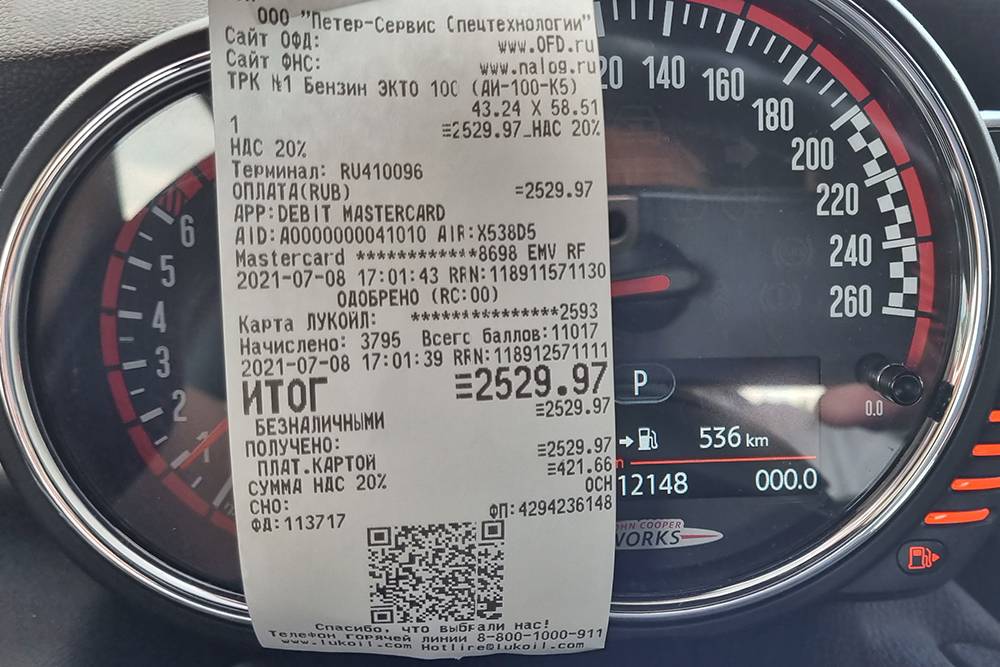
How to find out which type of fuel gives you the best mileage
Content
We all want our car to run longer on one tank of gas. While all cars have a mileage or mpg rating, mileage can actually vary depending on where you live, driving style, vehicle condition, and more…
We all want our car to run longer on one tank of gas. While all cars have a mileage or mpg rating, mileage can actually vary depending on where you live, driving style, vehicle condition, and a host of other factors.
Knowing your car's actual mileage is useful information and very easy to calculate. This can help set a baseline when looking to improve fuel economy per gallon and come in handy for trip planning and budgeting for your next long trip.
Finding the perfect octane fuel for your car can help improve fuel economy per gallon as well as make your car run smoother. The octane rating is a measure of a fuel's ability to prevent or resist "knock" during the combustion phase. Knocking is caused by pre-ignition of the fuel, disrupting your engine's combustion rhythm. High octane gasoline requires more pressure to ignite, and in some vehicles this helps the engine run smoother.
Let's take a quick look at how to check fuel economy and find the best octane rating for your particular vehicle.
Part 1 of 2: Calculate the number of miles per gallon
Calculating miles per gallon is actually quite a simple operation. You only need a few items to prepare.
Necessary materials
- Full tank of gasoline
- Calculator
- paper & cardboard
- Pen
Step 1: Fill up your car with gasoline. The car must be completely filled to measure the gas usage rate.
Step 2: Reset the odometer. This can usually be done by pressing a button protruding from the instrument panel.
Keep the button pressed until the odometer resets to zero. If you don't know how to do this, please refer to the user manual. If your car does not have a trip meter or it does not work, write down the car's mileage in a notepad.
- Attention: If your car does not have a trip meter or it does not work, write down the car's mileage in a notepad.
Step 3. Drive your car as usual around the city.. Stick to your normal daily routine as much as possible.
When the tank is half full, proceed to the next step.
Step 4: Return to the gas station and fill up the car with gasoline.. The vehicle must be completely filled.
- Reminder: If you also want to determine the best octane rating for your vehicle, fill in the next highest octane rating.
Step 5: Write down the amount of gas used. Record the mileage on the odometer or calculate the distance traveled since the last refueling.
Do this by subtracting the original mileage from the newly recorded mileage. You now have all the data you need to calculate your mileage.
Step 6: Break the Calculator. Divide the miles you drive on half a tank of gas by the amount of gas (in gallons) it took to refill the tank.
For example, if you drive 405 miles and it takes 17 gallons to fill your car, your mpg is approximately 23 mpg: 405 ÷ 17 = 23.82 mpg.
- Attention: Mgg will vary depending on the driving style of the person behind the wheel as well as the type of driving. Highway driving always results in higher fuel consumption as there are fewer stops and starts which tend to gobble up gasoline.
Part 2 of 2: Determining the Optimum Octane Number
Most gas stations sell gasoline with three different octane ratings. The usual grades are regular 87 octane, medium 89 octane, and premium 91 to 93 octane. The octane rating is usually displayed in large black numbers on a yellow background at gas stations.
Fuel with the correct octane rating for your car will reduce fuel consumption and make your car run smoother. The octane rating is a measure of a fuel's ability to resist "knock" during the combustion phase. Finding the right octane rating for your vehicle is fairly easy.
Step 1: Refuel your car with higher octane gasoline. Once the tank is half full, fill the car with next highest octane gasoline.
Reset the odometer again or record the vehicle mileage if the odometer is not working.
Step 2: Drive as normal. Drive as usual until the tank is half full again.
Step 3: Calculate miles per gallon. Do this with new octane gasoline, recording the amount of gas needed to fill the tank (in gallons) and the mileage used.
Divide the miles you drive on half a tank of gas by the amount of gas (in gallons) it took to refill the tank. Compare the new mpg with the mpg of lower octane fuel to determine which is best for your vehicle.
Step 4: Determine the percentage increase. You can determine the percentage increase in mpg by dividing the increase in gas mileage per mpg with the lower octane.
For example, if you calculated 26 mpg for higher octane gasoline compared to 23 for lower octane gasoline, the difference would be 3 mpg. Divide 3 by 23 for a 13 or 13 percent increase in fuel consumption between the two fuels.
Experts recommend switching to a higher octane fuel if the increase in fuel consumption exceeds 5 percent. You can repeat this process using premium fuel to see if it increases fuel consumption even further.
You have now calculated the true fuel consumption per gallon for your vehicle and determined which octane fuel is best for your vehicle, which is a useful way to reduce the strain on your wallet and get the most out of your vehicle. If you notice that your car's mileage has become worse, contact one of AvtoTachki's certified specialists for an inspection.